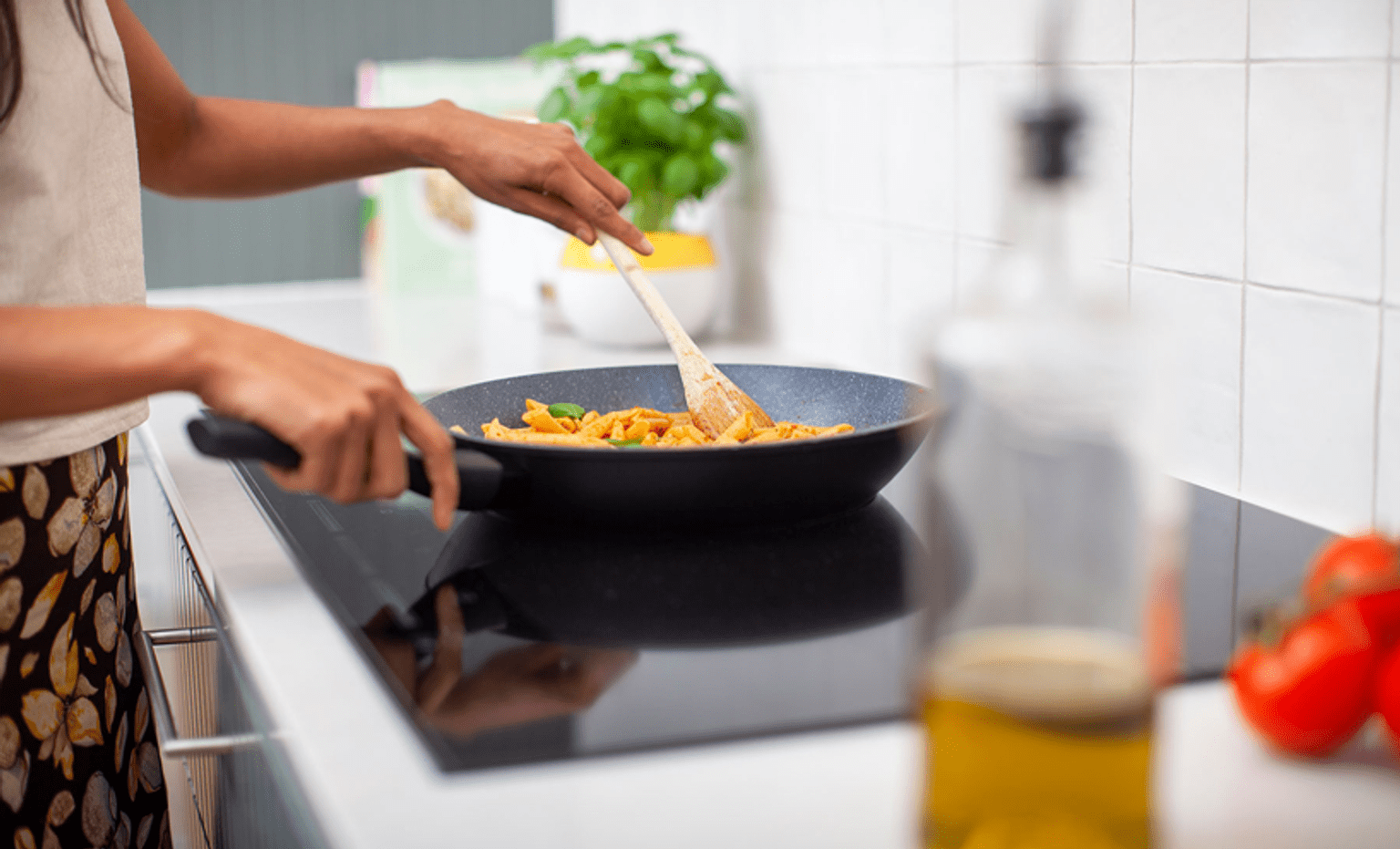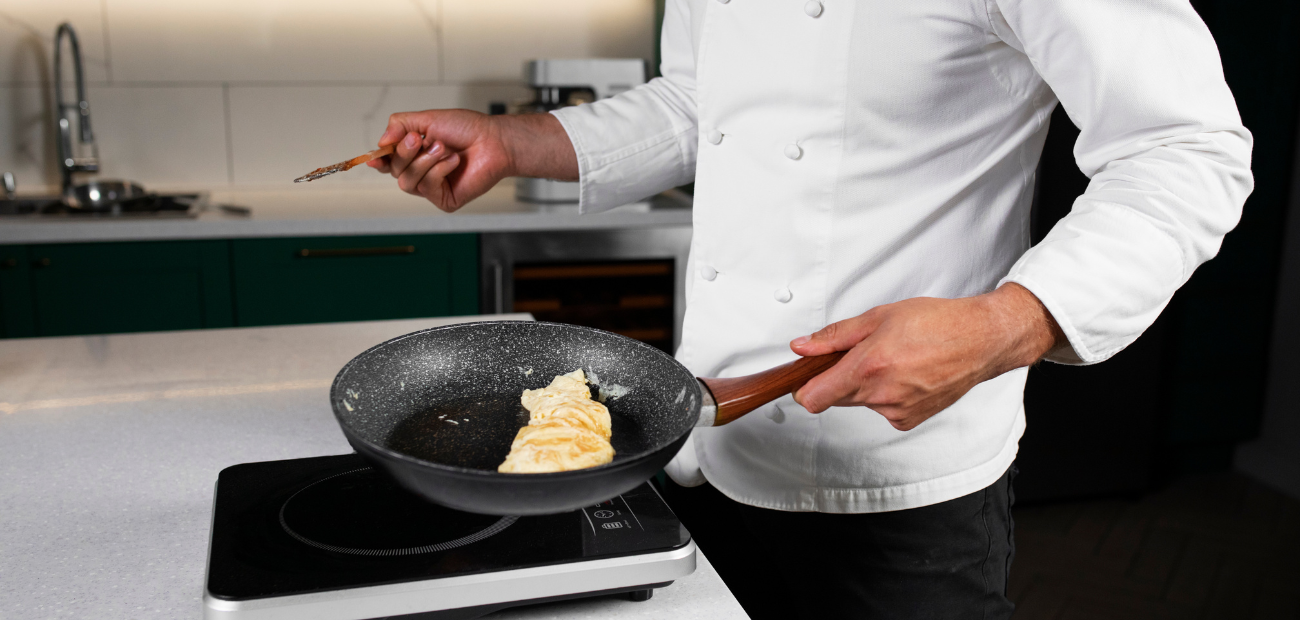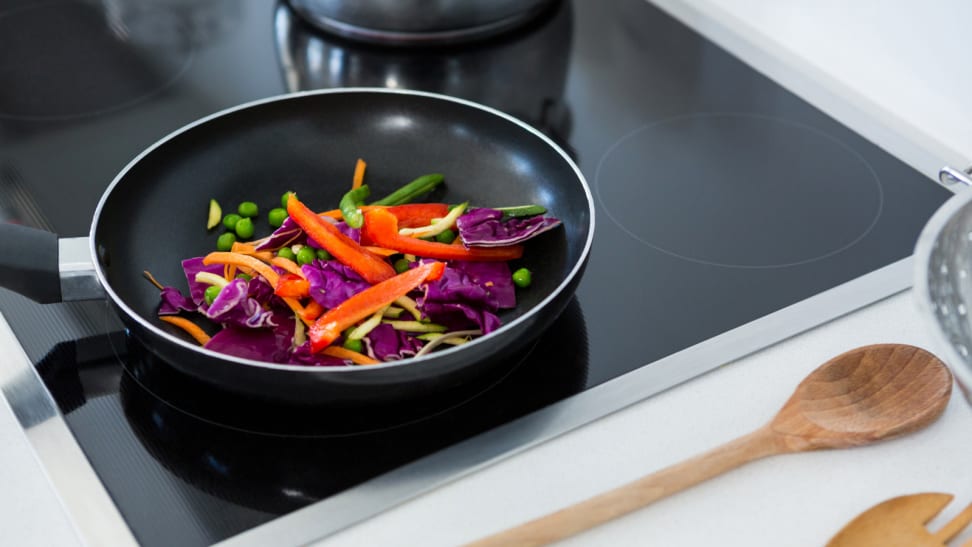For kitchen professionals, mastering the art of storing seasoned cast iron properly is as crucial as perfecting any recipe. The longevity and performance of your beloved cast iron pans depend significantly on how well you store them. These durable kitchen staples require more than just a casual placement in your cabinet. Let's delve into the vital steps for preserving the integrity of your seasoned cast iron.

The Importance of Proper Storage
Understanding the importance of proper storage for your cast iron cookware is the first step in maintaining its quality. Incorrect storage can lead to rust, a compromised seasoning, and a shortened lifespan for your pans. For professionals who frequently rely on the consistent performance of their cookware, these are issues best avoided.
It's essential to realize that cast iron needs a dry and well-ventilated environment. Moisture is the enemy that can strip away the seasoning, which is the protective layer that prevents your food from sticking and your pan from rusting. To ensure that your cast iron remains in peak condition, always dry it thoroughly after washing, and store it in a space where air circulates freely.
Step-by-Step Guide to Storing Your Cast Iron
1. Cleaning Before Storing
Before storing, make sure your cast iron is clean. Use a minimal amount of soap and a stiff brush to remove any food residue. Avoid using dishwashers or soaking your cast iron in water for extended periods, as this can lead to rust. After cleaning, dry it immediately and thoroughly with a lint-free cloth.
2. Re-Seasoning
Re-seasoning is a crucial step before storing. To re-season, lightly coat the pan with a thin layer of vegetable oil or melted shortening. Place it upside down in an oven preheated to 375F (190C) for about an hour. This process helps to reinforce the seasoning layer, ensuring your pan remains non-stick and protected. For more details, check out when to re-season cast iron.
3. Proper Placement
When it comes to storing your seasoned cast iron, placement is key. If possible, hang your pans to keep them dry and allow air to circulate. If hanging isnt an option, stack them with a paper towel or cloth between each piece to absorb any residual moisture and prevent scratching. For additional tips, visit sizzling sisig on a hot plate.
Common Mistakes to Avoid
Avoid common mistakes such as storing your cast iron cookware in a damp environment or using plastic wraps that can trap moisture. Another mistake is neglecting to check on stored cast iron regularly. Make it a habit to inspect your pans periodically for any signs of rust or damage.
Enhancing Cast Iron Longevity
To further enhance the lifespan of your cast iron, consider the environment in which you store it. A dry, temperature-controlled area is ideal. If you're using your cast iron on various cooktops, including induction, read more about its compatibility on Lodge Cast Iron.
Regular Maintenance
Regular maintenance includes not only cleaning and seasoning but also monitoring the condition of your cookware. If you notice any changes in the surface or performance of your cast iron, take immediate action to address them. This proactive approach can prevent minor issues from becoming major problems.
For professionals who incorporate cast iron in their daily culinary practices, maintaining and storing seasoned cast iron properly is not just beneficial but essential. Ensuring these practices are part of your routine will result in cookware that remains reliable and efficient for years to come.

FAQ Section
1. How often should I re-season my cast iron?
Re-season your cast iron as needed, typically every few months, or when food starts to stick.
2. Can I store cast iron pans stacked?
Yes, but place a paper towel or cloth between them to avoid scratches and absorb moisture.
3. What if my cast iron develops rust?
Remove rust by scrubbing with steel wool, then re-season immediately to restore the protective layer.






Leave a comment
This site is protected by hCaptcha and the hCaptcha Privacy Policy and Terms of Service apply.